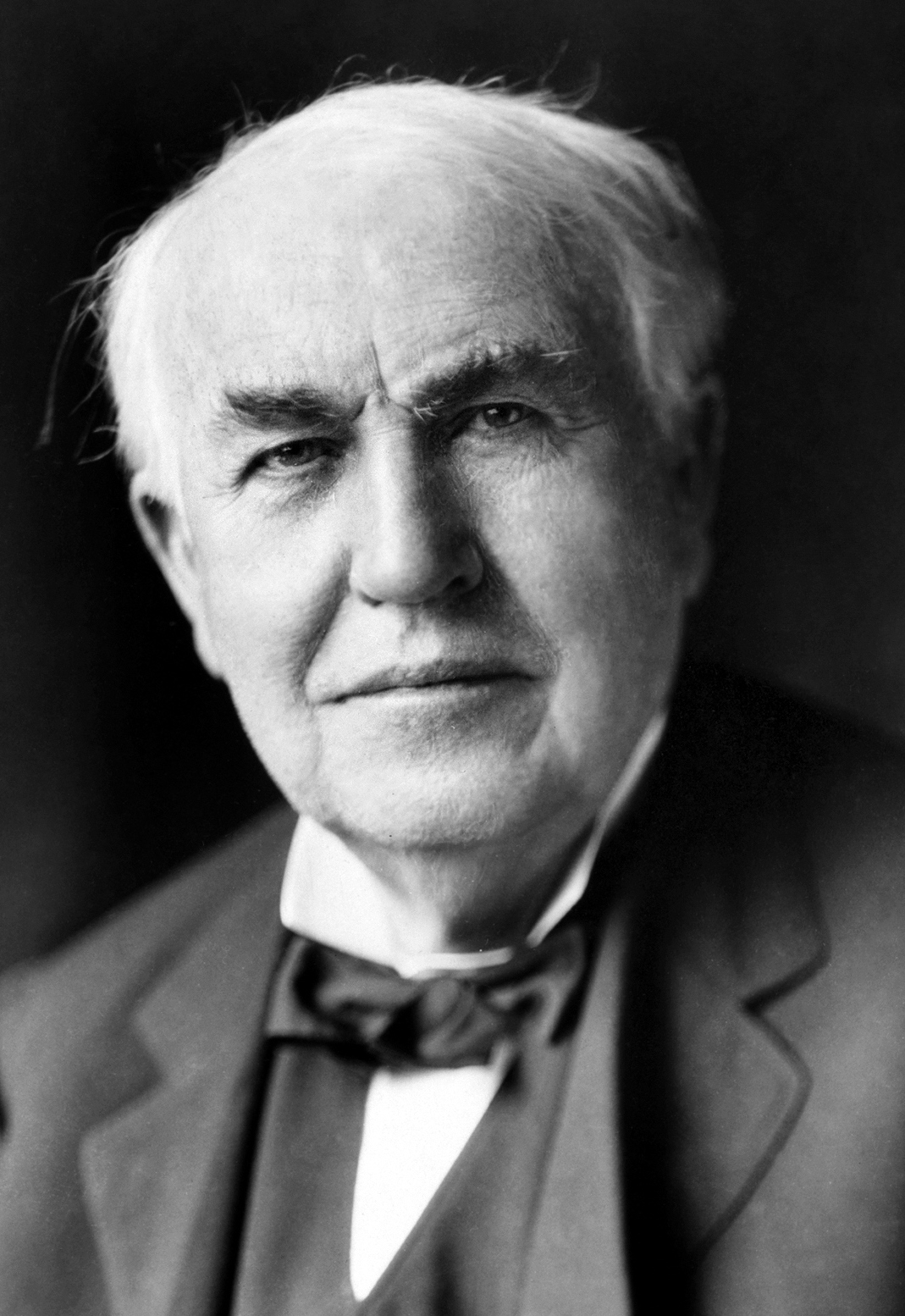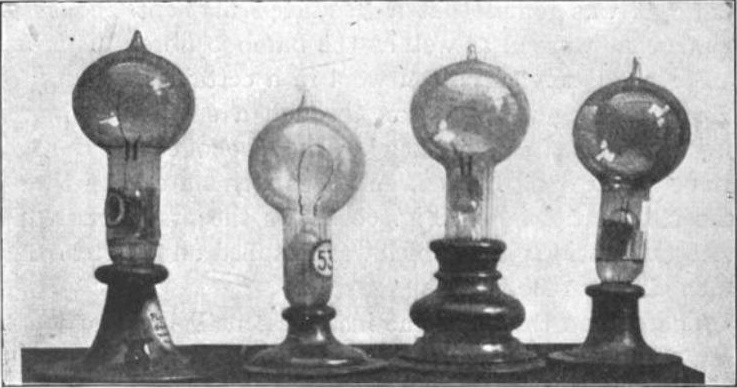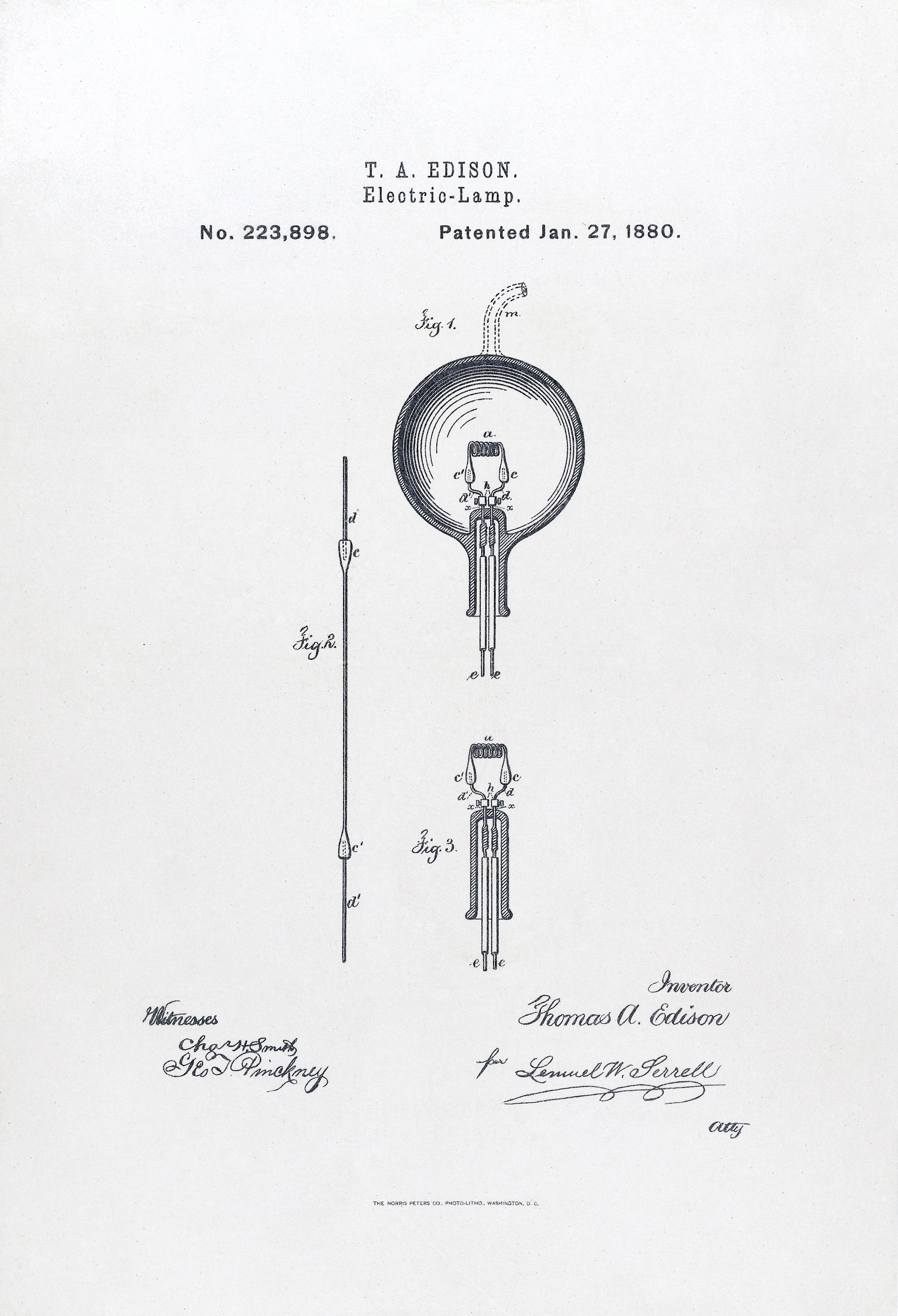Home
Tutorial's
Image collection
Calculator
Projects
MCQ's
3d Models
Invention Hub
How it works
Download Our app
4 . Electric Light Bulb

Invention Name :Electric Light Bulb
Inventor: Thomas Edison (though others contributed)
Date of Invention: 1879
Description:
The Long Road to the Incandescent Light
The way to the incandescent bulb was long and involved many people, though the credit for this belongs to Thomas Edison and his famous patents. He is often credited with having invented the incandescent bulb and commercializing it, but the groundwork was laid many decades earlier. The incandescent arc lamp, demonstrated in 1835, afforded the first glimpse of an inspiration to show that electric lighting was feasible. The road to the workable incandescent lamp was not an easy one. Scientists the world over worked ceaselessly, experimenting with materials for filaments and bulb atmospheres in order to rid themselves of problems of short lifespan, high cost, and excessive energy consumption.
Although these early developments were setbacks, the vision of a long-lasting and practical incandescent light never faded. It was not until the late 1870s, after Edison finally made breakthroughs, that most of the problems were really solved for its general application. While Edison's work at this time indeed was crucial in this, one cannot disregard the innumerable researchers whose effort provided a stepping stone to this success.

Photo of early paper filament incandescent electric light bulbs invented by Thomas Alva Edison in 1879.
Thomas Edison and his crew of assistants at Menlo Park began a relentless pursuit of the perfecting of the incandescent bulb. First focused on the filament, their early work experimented with carbon, platinum, and carbonized cotton thread. A thread fixture finally exhibited in October 1879 yielded only 14.5 hours of use.
Thus, the search for durability continued until finally bamboo was found to be a great filament material. This further invention modified the life of the bulb to stand out at an excellent 1,200 hours, setting a decade in which the bamboo filament was the standard to be used in the industry.
Edison did not rest with the filament, though. He also developed a better vacuum pump that allowed for a more suitable environment inside the bulb and introduced the standard Edison screw base, still in common use today. Together, these two steps, the basic, fundamental changes that made the incandescent light bulb more than a mere scientific curiosity, had commercial consequences. It was in regard to electric lighting that Thomas Edison's contribution went much beyond the mere invention of the bulb. His genius actually lay in creating an overall system by which electric light became useable in everyday life.

Light bulb patent application.
Inspired by the then-existent gas lighting, Edison worked on the envisioned platform of a network of electric power distribution. He took this concept forward in 1882 to the Holborn Viaduct Project in London through the central generation of electricity and delivering it to consumers through a system of wires and conduits. At the same time, Edison worked on generating electricity and created the Pearl Street Station in lower Manhattan, which became the first commercial power utility. He invented the electric meter to monitor electricity consumption so as to bill his customers.
Edison treated electric light as an integrated project, taking the new gadget from an invention to an integral utility that changed the whole way of life and doing business. While Edison and his team were doing research into the system of incandescent lighting, other people at the time were busy with the same bulb. Better improvements arrived early in the 20th century. In 1904, the tungsten filament was introduced, which proved to be a terrific improvement, when compared not just in its longevity to the carbon filament, but also in brightness.
In the year 1913, a further increase in the bulb's efficiency was made by incorporating an inert gas, such as nitrogen, in the interior of the bulb. Actually, from the refinements, many continued over the next decades, thereby further attaining the level of efficiency and dropping the cost on a consistent level.
There were, however, some fundamental problems that the incandescent bulb could not surmount. As early as the 1950s, it was determined that a paltry 10% of the electricity consumed was being turned into light, prompting researchers to research an alternative form of lighting.
Related inventions
Image Credits
- Louis Bachrach, Bachrach Studios, restored by Michel Vuijlsteke, Public domain, via Wikimedia Commons
- William J. Hammer, Public domain, via Wikimedia Commons
- Thomas Edison (reprinted by the Norris Peters Co.), Public domain, via Wikimedia Commons
